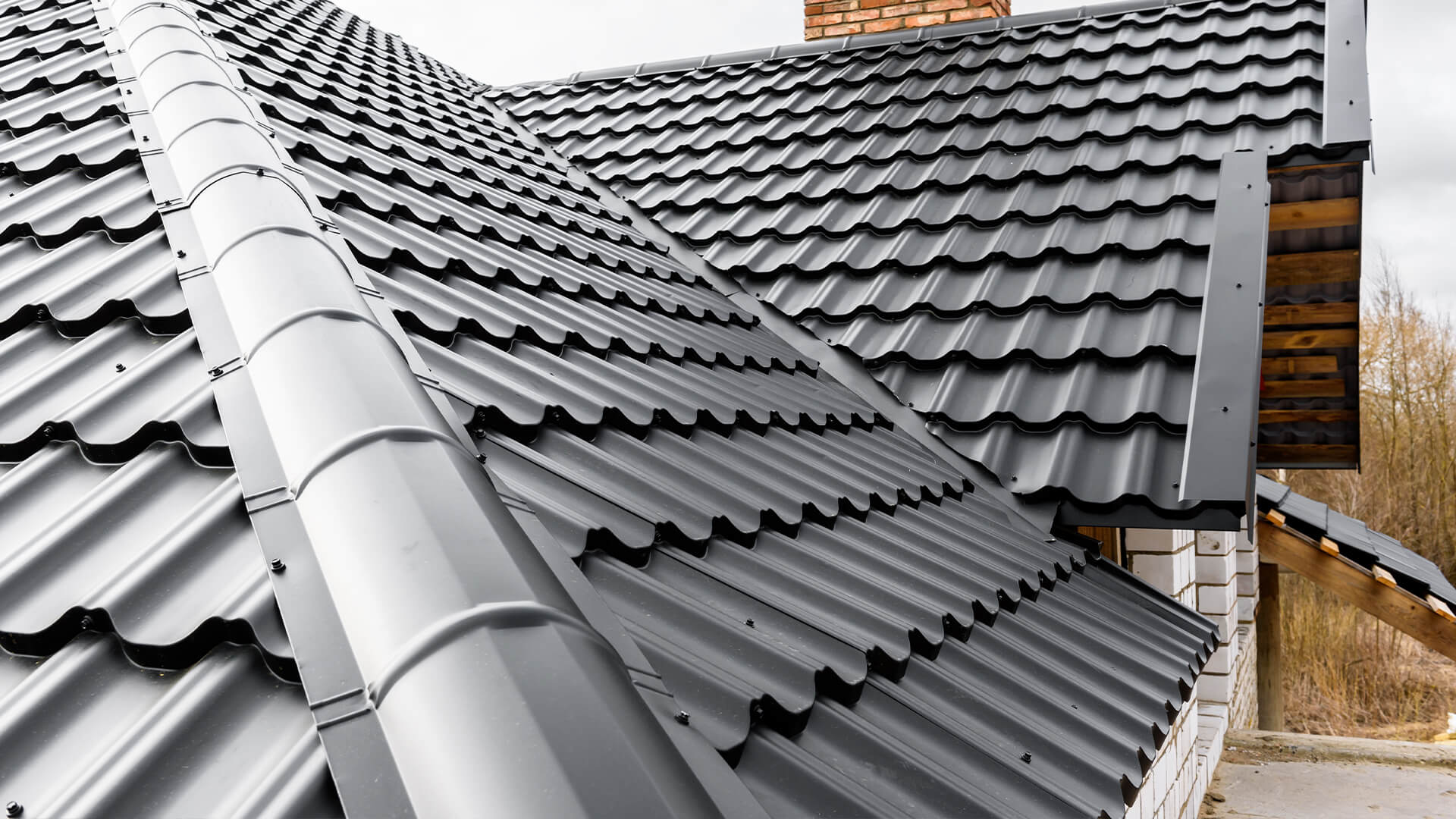Comparing Prices Among Roofing Companies in Gainesville Florida
Comparing Prices Among Roofing Companies in Gainesville Florida
Blog Article
Ideal Practices for Ensuring Appropriate Roof Ventilation
Making certain proper roof covering ventilation is crucial for the durability and efficiency of a roof system. A well balanced intake and exhaust air vent ratio, typically 1:300, plays a pivotal duty, with consumption vents ideally positioned at the reduced side of the roofing for amazing air entrance and exhaust vents at the height for warm air leave. Routine assessments to identify clogs and preserve clear airflow are vital. Furthermore, keeping insulation far from vents is crucial to avoid airflow limitation. Understanding these fundamental elements sets the stage for even more detailed understandings right into installation and upkeep practices that can substantially boost your roof system's efficiency.
Understand Air Flow Basics
Correctly recognizing air flow basics is vital for ensuring the durability and performance of roofing systems. Reliable ventilation reduces dampness buildup and temperature extremes in the attic, both of which can lead to considerable architectural damages with time. A well-ventilated roofing aids in preventing common problems such as mold and mildew development, timber rot, and ice dams, which can jeopardize the integrity of the roofing materials and the underlying structures.
The main goal of ventilation is to help with the activity of air, enabling a regular exchange in between the interior and exterior atmospheres. This balance is accomplished via a mix of consumption and exhaust vents that collaborate to keep ideal air movement. Consumption vents, normally located along the eaves or soffits, allow fresh air to get in the attic space, while exhaust vents, often situated at or near the roof covering ridge, make it possible for warm, humid air to leave.
Key factors affecting the efficiency of roof ventilation include correct placement, ample sizing, and making certain that both intake and exhaust vents are unobstructed. Regular inspection and upkeep are essential to identify possible clogs, damage, or inadequacies in the air flow system, therefore safeguarding the roof covering's performance and longevity.
Kinds Of Roof Covering Vents
Roof vents play a crucial duty in keeping reliable attic ventilation and, by expansion, the overall health and wellness of the roofing system. Different kinds of roof covering vents are readily available, each with distinct benefits customized to certain roof demands.

Soffit vents are installed under the eaves and work in tandem with roofing system vents to make sure a well balanced intake and exhaust system. By allowing cooler air to get in from below, soffit vents assist in the expulsion of hot air with top vents. Gable vents, situated on the exterior walls of the attic, deal another efficient option, specifically in homes with gable roof coverings.
Examine Your Existing Ventilation

Next, take into consideration the age and problem of your roof covering materials and air flow parts. Older systems might not adhere to present structure codes or may have worn away over time, decreasing their efficiency. Conduct an extensive examination to recognize any indications of wear and tear, such as corrosion, damages, or spaces that might endanger the system's efficiency.
In addition, measure the attic temperature level and humidity degrees. High temperature levels and moisture can suggest insufficient air flow - gainesville roofing companies. Use a hygrometer and thermometer to obtain exact analyses, comparing them with outdoor conditions. Persistent inconsistencies suggest possible issues that need resolving.
Installment Best Practices
Efficient installation of roof ventilation systems is paramount for making certain optimal find more information performance and long life. Appropriate setup begins with comprehending the particular ventilation needs of the building and the roof it covers. This involves calculating the appropriate ratio of intake to tire vents, commonly adhering to the 1:300 rule, which specifies one square foot of air flow for every 300 square feet of attic flooring space.

Consumption vents need to be installed at the roofing's reduced edge, frequently in the soffits, to permit cool air to go into. Exhaust vents, on the various other hand, should be set up near or at the roofing's peak to help with the leave of cozy, moist air.
Seal all vent links meticulously to avoid air leaks and possible water seepage. Use high-quality products and follow supplier standards to guarantee resilience and performance. Additionally, integrating ridge vents with baffles can significantly improve air movement effectiveness by stopping wind-driven rain and snow from going into the attic.
Inevitably, specific setup of roof ventilation systems mitigates potential concerns such as mold and mildew development, ice dams, and architectural damages, guaranteeing the roofing's honesty and the building's overall health.
Regular Upkeep Tips
Uniformity in upkeep methods is fundamental to guaranteeing the long-lasting efficiency of roof covering ventilation systems. During these inspections, make certain that vents are free of debris, nests, and various other obstructions that can impede airflow.
Utilize a soft brush or a vacuum to remove dirt and debris from consumption and exhaust vents. Be cautious not to damage the air vent screens or louvers throughout the procedure.
Appropriate insulation is equally important. Make sure that attic room insulation does not block the vents, as this can significantly limit airflow. Rearrange or replace it to keep an effective barrier. if any type of insulation has moved or cleared up.
Last but not least, change any type of harmed or missing out on parts promptly. Busted vents, cracked shingles, or worn-out blinking can all contribute to insufficient air flow and must be attended useful site to right away. Regular maintenance guarantees that the roof air flow system operates ideally, thereby expanding the life-span of the roof covering itself.
Conclusion
Making certain appropriate roof covering air flow is paramount for preserving the performance and toughness of a roof covering system. Adherence to the 1:300 intake and exhaust vent proportion, coupled with the critical placement of vents, is crucial.
A balanced consumption and great site exhaust air vent ratio, generally 1:300, plays a pivotal function, with consumption vents ideally positioned at the lower edge of the roof covering for amazing air access and exhaust vents at the peak for warm air exit. Intake vents, commonly located along the soffits or eaves, permit fresh air to get in the attic room space, while exhaust vents, commonly situated at or near the roof covering ridge, enable hot, damp air to leave.
Soffit vents are installed under the eaves and work in tandem with roofing vents to make sure a balanced intake and exhaust system. By enabling cooler air to get in from below, soffit vents help with the expulsion of hot air through upper vents. Adherence to the 1:300 consumption and exhaust air vent ratio, combined with the calculated positioning of vents, is essential.
Report this page